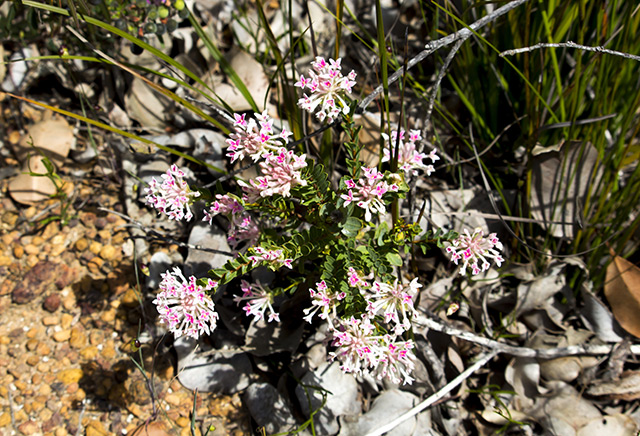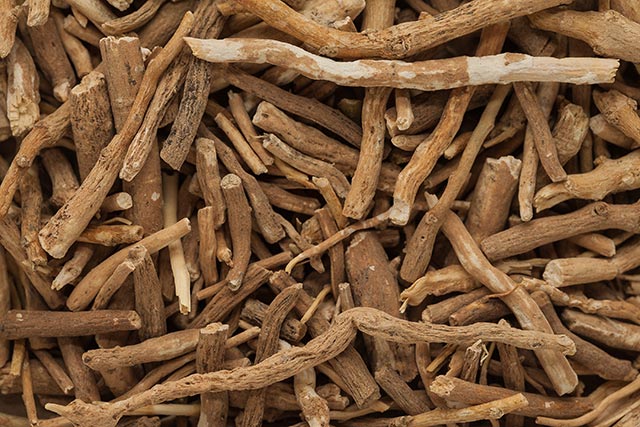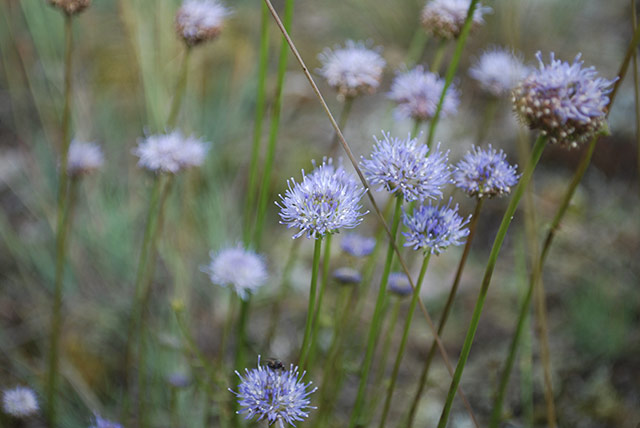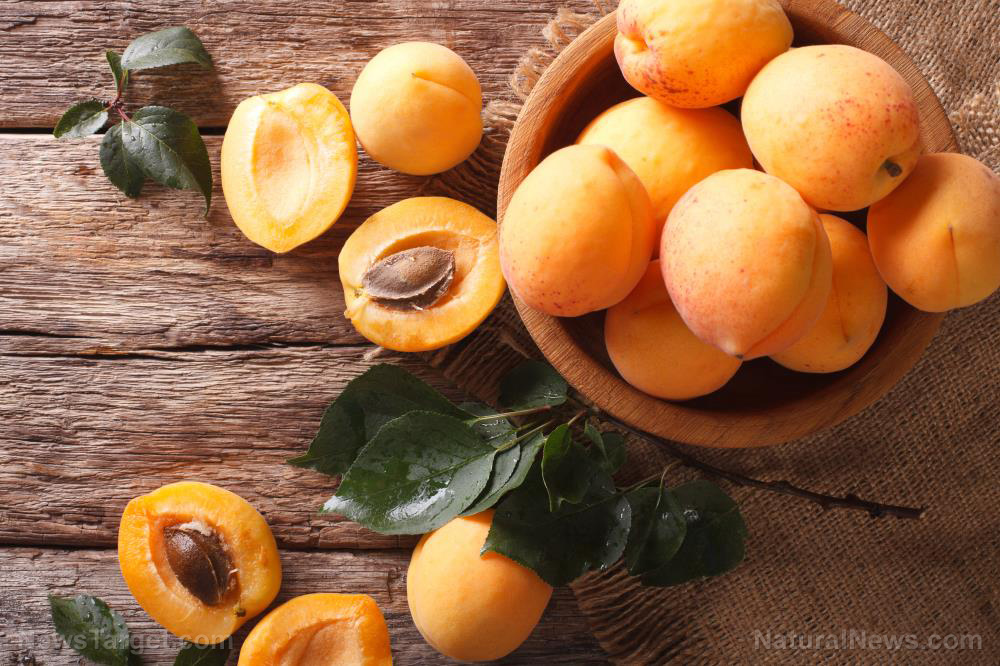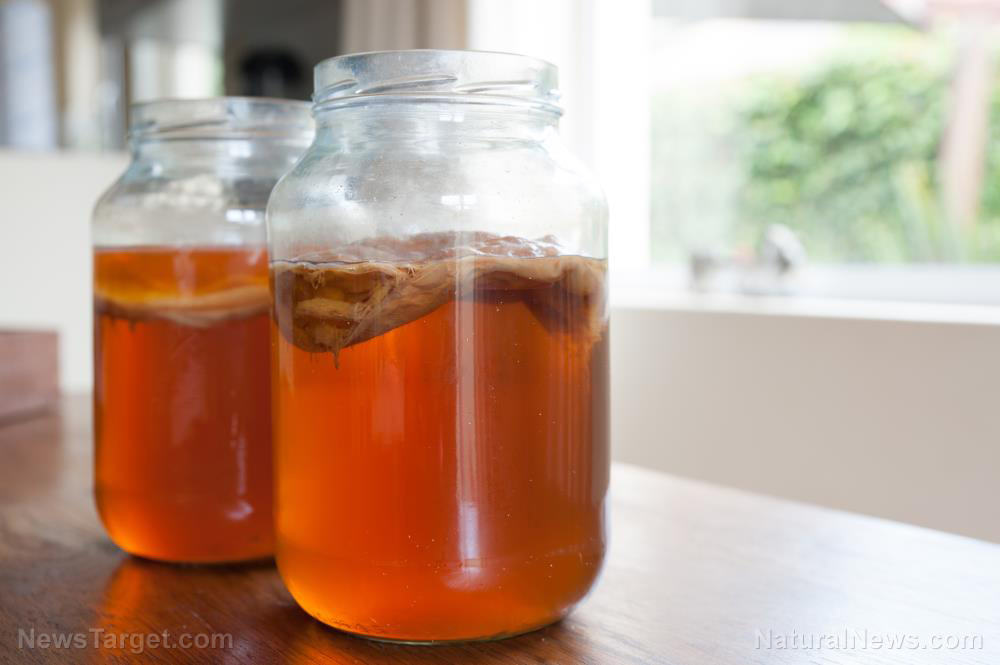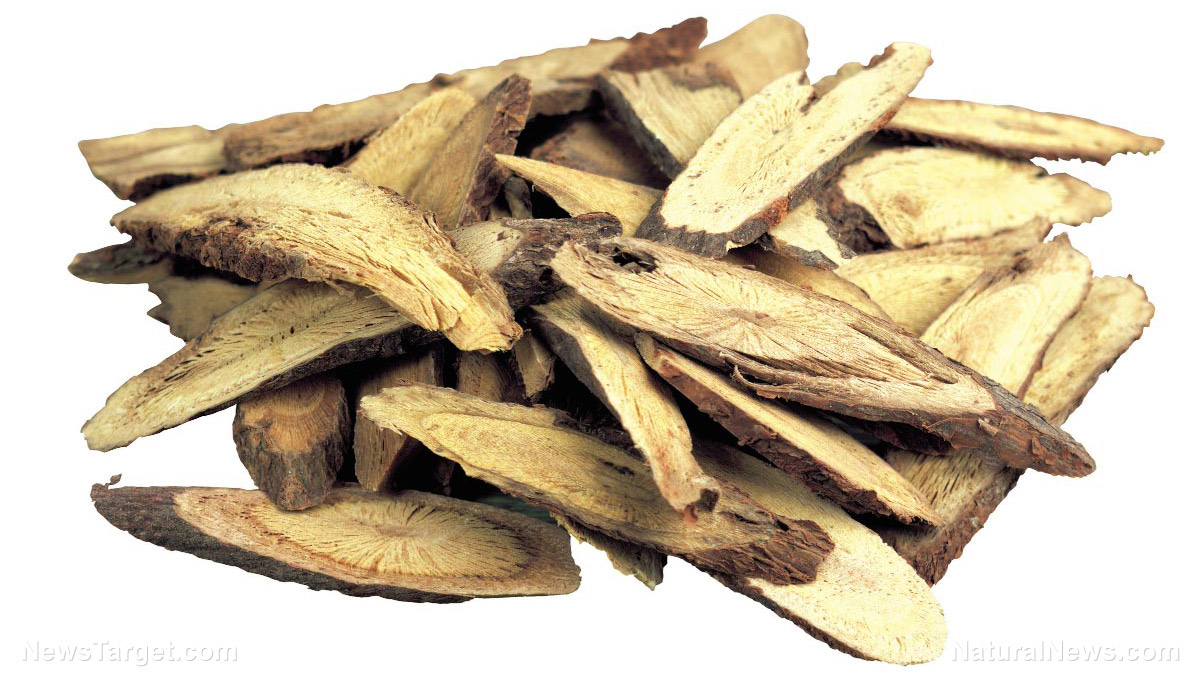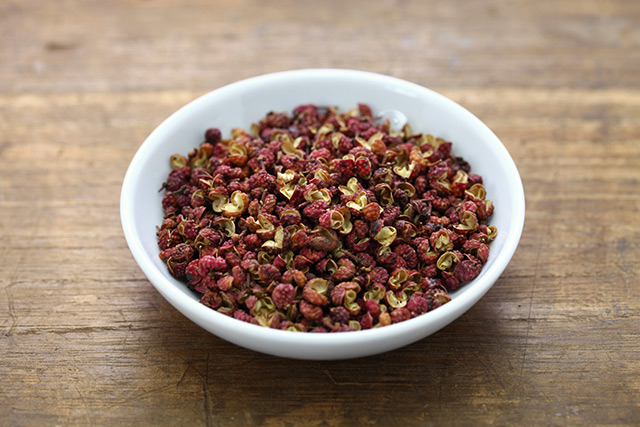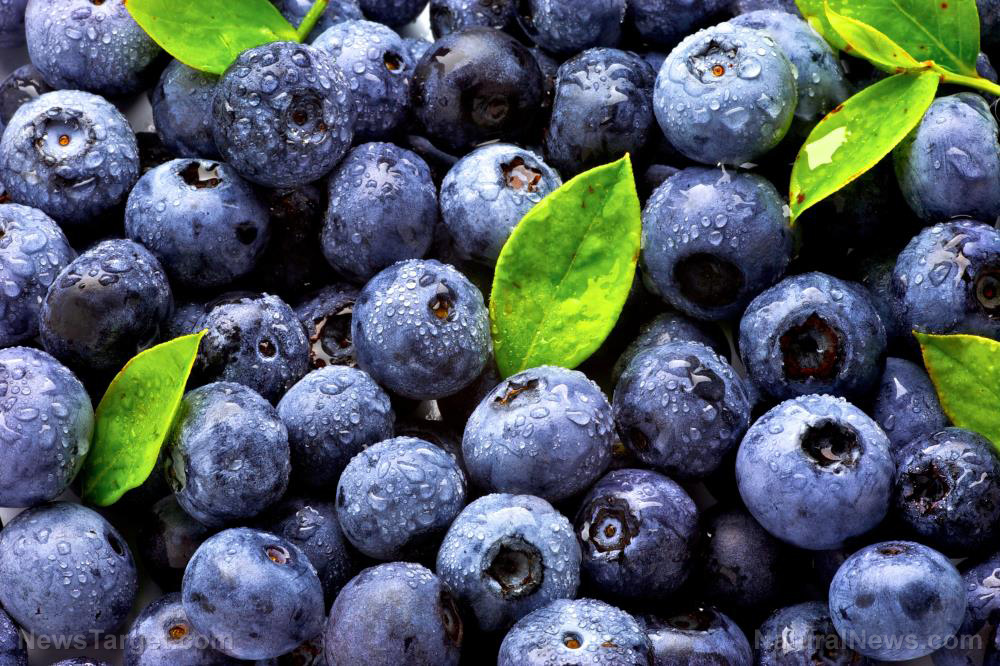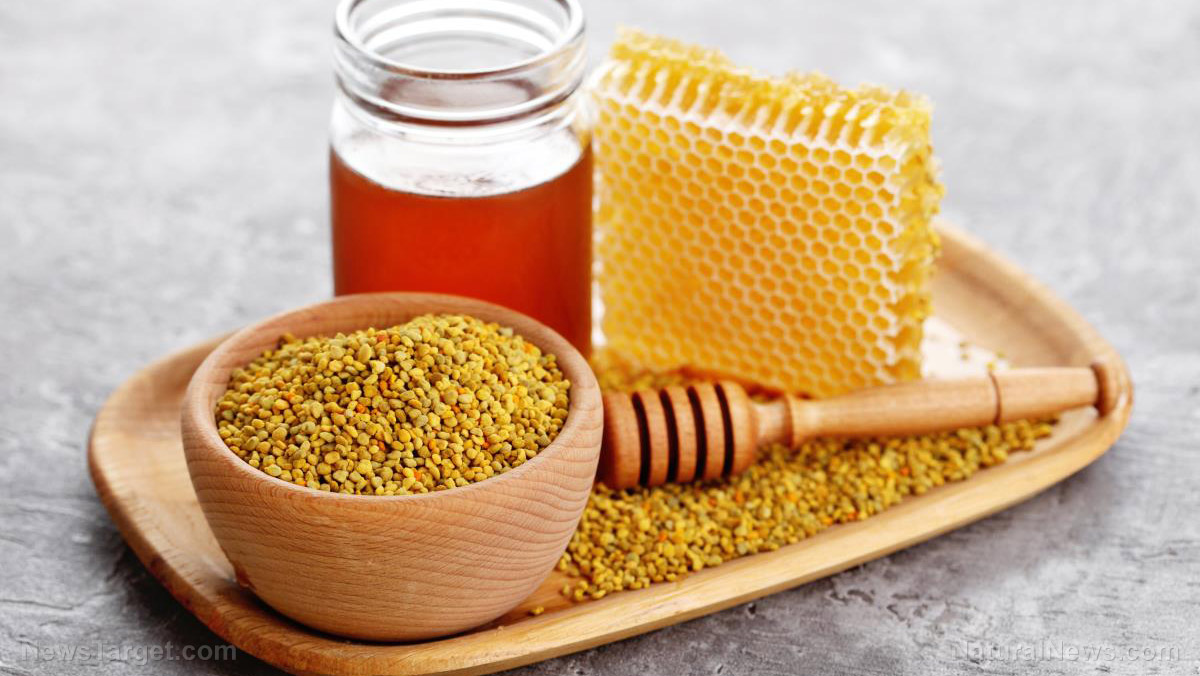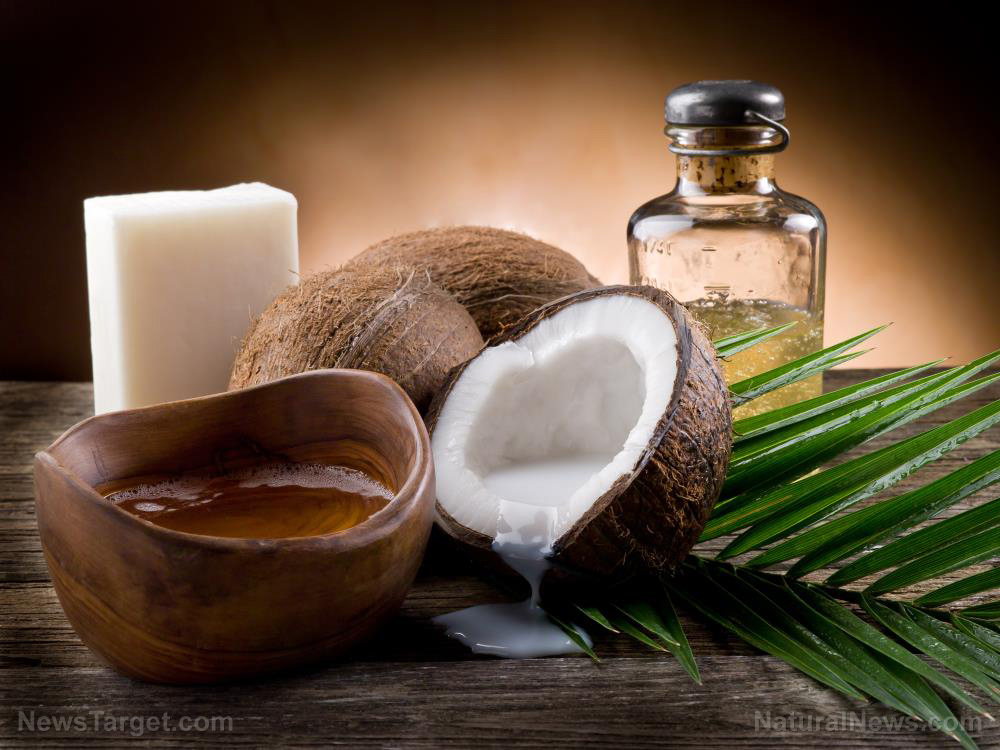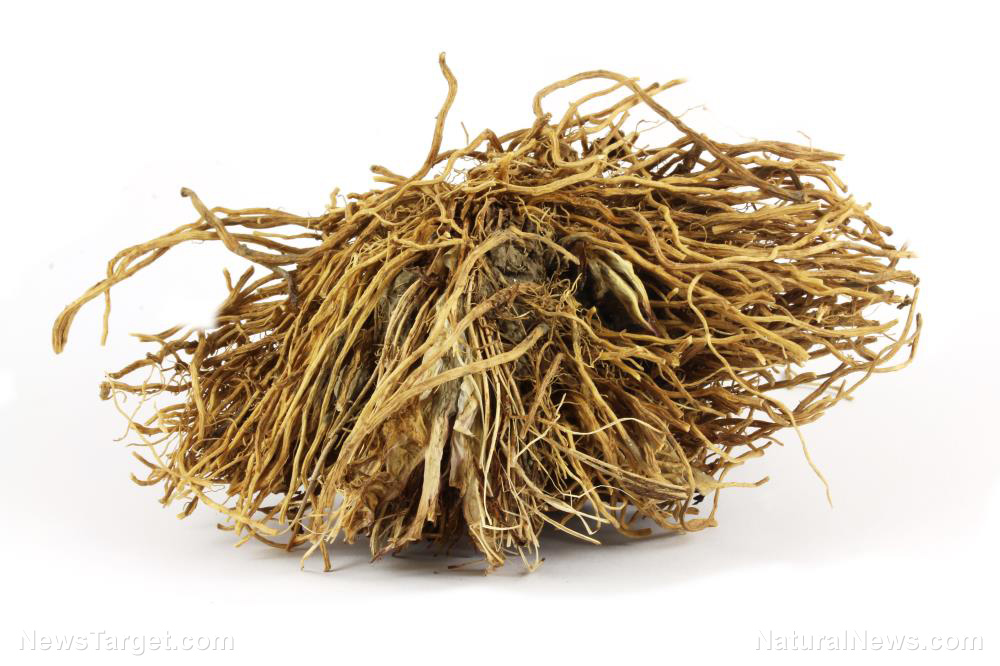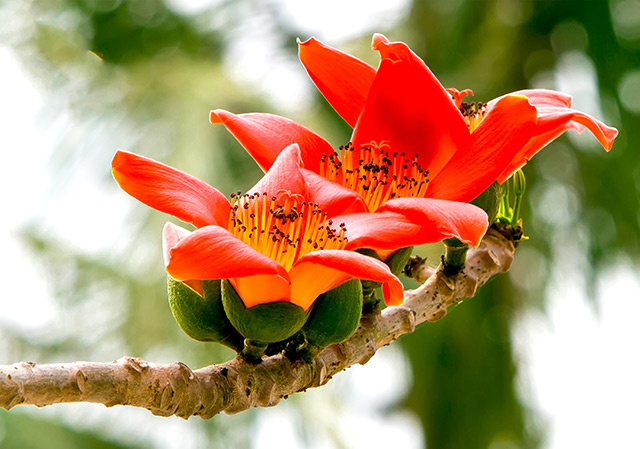Flavonoids in wild ephedra plant extracts have been found to be potent antioxidants; may replace toxic ingredients in food and cosmetics
01/22/2018 / By Ralph Flores

Ephedra alata, a plant widely used in traditional folk medicine in Palestine, takes center stage as researchers explore its potential medical uses.
The paper, which was published in the African Journal of Traditional, Complementary and Alternative Medicines, analyzed the antioxidant and antibacterial activity of the wild E. alata plant.
Ephedra alata in traditional medicine
A member of the Ephedraceae family, there are many ephedra species that are found all around the world. E. alata, in particular, is used in traditional medicine as a cure for allergies, bronchial asthma, chills, colds, coughs, edema, fever, flu, and headaches. Other studies have identified the plant to have antimicrobial and cancer-fighting properties. Moreover, E. alata is a natural source of alkaloids. These include ephedrine and pseudoephedrine, among others – which are known to have health benefits. In addition to this, ephedra plants also contain a high antioxidant content due to its many phenolic compounds like trans-cinnamic acid, catechin, syringin, epicatechin, symplocoside, kaempferol 3-O-rhamnoside, 7-O-glucoside, and isovitexin 2-O-rhamnoside. The antioxidants prevent cell oxidation, protecting it from damage as well as free radicals. The phenolic compounds are also a factor in reducing the likelihood of certain chronic diseases such as cancer and heart disease.
While the benefits of the ephedra plant are known, there are little studies that correlate the benefits to the E. alata found in Palestine.
For the study, the research team used the E. alata plant to make an extract. The plant extracts were then analyzed to understand its total phenolic and flavonoid content. The extract was also tested for its antioxidant properties.
Researchers discovered that E. alata contained a higher phenolic compound content than that of guava and plum fruits that were used for reference. They posited that when properly consumed, it can help reduce the risk of degenerative disease and improve health. The team also found that E. alata is rich in flavonoids and antioxidants, to which the researchers wrote: “On the basis of these findings, it is concluded that Ephedra alata constitutes a natural source of potent antioxidants that may prevent many diseases and could be potentially used in food, cosmetics, and pharmaceutical products.”
The study, titled Analysis of phenolic and flavonoids of wild Ephedra alata plant extracts by LC/PDA and LC/MS and their antioxidant activity, was published by researchers from the Al-Quds University in Jerusalem.
More about antioxidants
Antioxidants and free radicals, terms that are usually opposite each other, are both beneficial to the body – in a balanced state. However, there are many things that cause this balance to be disrupted. When this happens, the number of free radicals is greater than that of antioxidants, leading to oxidative stress which damage (and sometimes kill) the cells. Some factors that raise free radical formation include:
- air pollution
- smoking cigarettes
- drinking alcohol
- toxins
- having high blood glucose levels
- eating too much fat
- radiation (including excessive sunbathing)
- excessive mineral intake
- intense exercise (which causes tissue damage)
To counter these effects, various foods are high in antioxidants to help balance out from oxidative stress. Increasing the intake of fruits and vegetables is recommended since this group has a wide array of antioxidants. Berries are a particularly good source of antioxidants. Other good sources include green tea, coffee, and dark chocolate. While meat and fish contain antioxidants as well, the amount is less than that of fruits and vegetables. (Related: A flavonoid found in guava and Osage orange has antioxidant properties that can reduce inflammation and improve “neurological deficits.”)
Learn more about how antioxidants can help your body by visiting Natural News.
Sources include:
Tagged Under: antioxidant activity, antioxidants, botanical medicine, Cosmetics, discoveries, Ephedra Alata, flavonoid, ingredients, medicinal herbs, phenolic content, preservatives, toxins

